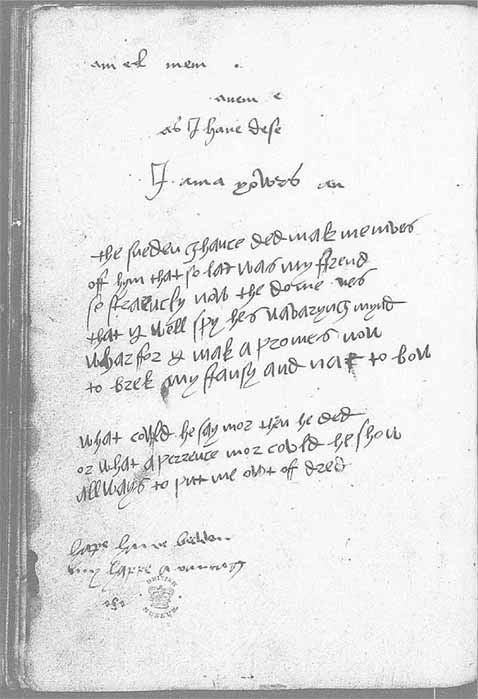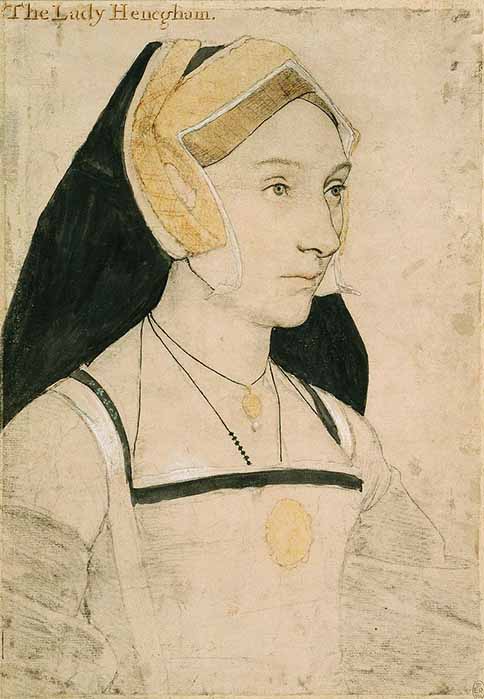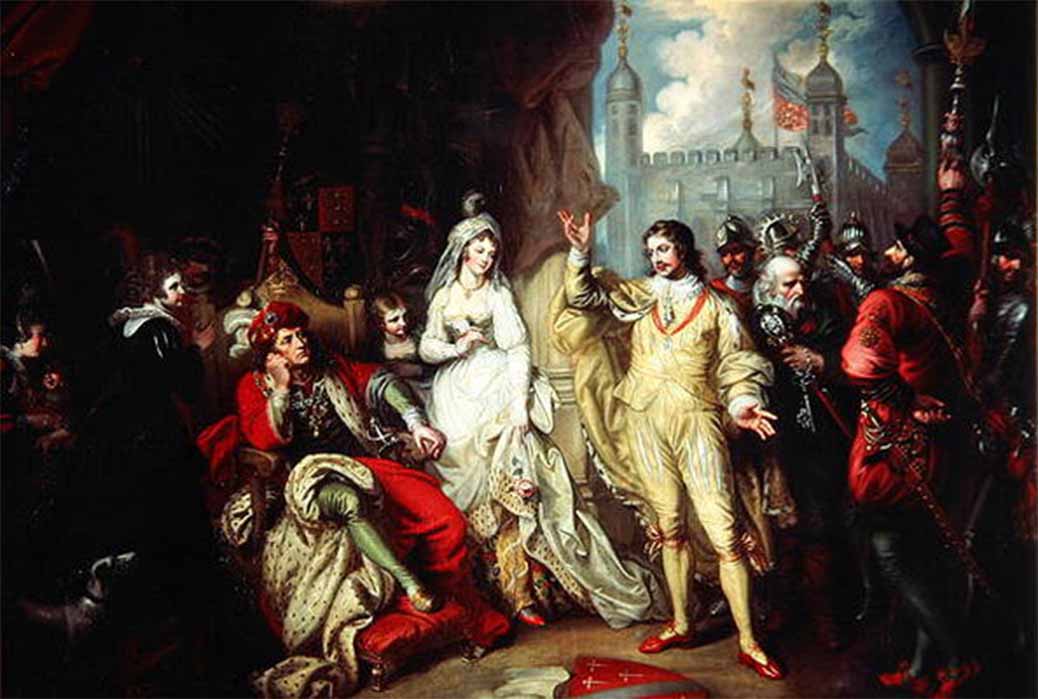
Another Scandalous Love Affair At the Tudor Court Of Henry VIII
The Devonshire Manuscript contains love poems written by the ladies at the court of Queen Anne Boleyn, second wife of King Henry VIII. It consists of 124 pages on which 184 poems had been lovingly written, by contributors such as Queen Anne’s cousin, Mary Shelton, and Mary Howard, Duchess of Richmond and daughter-in-law to King Henry VIII, being the wife of his illegitimate son Henry FitzRoy. Between them they copied out poems, rewrote many famous poems, including ones by Geoffrey Chaucer, and composed their own. It is thought that 16 were written by Lady Margaret Douglas, of which at least two had been composed by her and six were written by Sir Thomas Howard, a competent poet of the time. It is almost certain that Margaret and Thomas had bonded over their shared love of poetry. The manuscript offers an exciting glimpse into courtly love at the time of Queen Anne Boleyn, and illustrates how the love affair between Lady Margaret and Sir Thomas unfolded, blossomed and eventually ended in dramatic circumstances.

The Devonshire Manuscript facsimile 67v (DMSEG/ CC BY-SA 3.0)
A Risky Game of Flirt
Sir Thomas Howard was a younger son of the second Duke of Norfolk and his second wife Agnes Tilney. He was just over three years older than Lady Margaret Douglas, the daughter of Margaret Tudor, King Henry VIII’s sister. It is supposed they met at the christening of Princess Elizabeth, daughter of King Henry and Queen Anne Boleyn, in 1533, where Thomas was given the honour of bearing the canopy over the royal infant. Over the next few years, encouraged by Queen Anne Boleyn, Margaret and Thomas would play at the courtly dance of flirtation, but it would take until 1535 before the relationship between them developed into more than just flirting.

Mary Shelton, cousin to Queen Anne, friend to Margaret Douglas and contributor to the Devonshire Manuscript by Hans Holbein the Younger (Public Domain)
The pair were playing a risky game by allowing themselves to fall in love, for being the niece of King Henry VIII and a potential heir to the throne, meant that Margaret was not at liberty to fall in love as and when she pleased. She was an important pawn to be played in the political marriage market and any husband she took could one day sit beside her on the throne of England, but the young lovers chose to ignore this and continued their affair in secret. It is difficult to say for certain what King Henry’s initial thoughts on the romance between Margaret and Thomas were, but it would appear that he knew of it and seemed to give it his blessing. Perhaps he did not understand just how far the affair had gone because in a later letter he vented his fury at his niece. He might also have been indulging his wife Anne, but as her influence started to wane, so did Henry’s acceptance of this dalliance.

The Duke of Norfolk, father of Thomas Howard, defending his allegiance to Richard III before Henry VII, after the Battle of Bosworth Field, by Mather Brown (Public Domain)
As the younger son of the Duke of Norfolk, Thomas had little wealth, and no future role in politics or at court. With his niece, Queen Anne’s marriage to King Henry declining fast, it is unlikely that the King would have wanted to marry Margaret to a member of the power-hungry Howards, though for them it would have been a powerful match. Regardless of the King’s thoughts the two lovers continued to see each other in secret, which would indicate the King had no inkling of what was happening. The couple even ventured as far as entering a pre-contract in a ceremony that was witnessed by others, making it as legally valid as any marriage ceremony. They exchanged love tokens: Margaret gifting Thomas a miniature portrait of herself and a diamond, and Thomas gifting her a cramp ring – a ring that was worn to ward off sickness.




